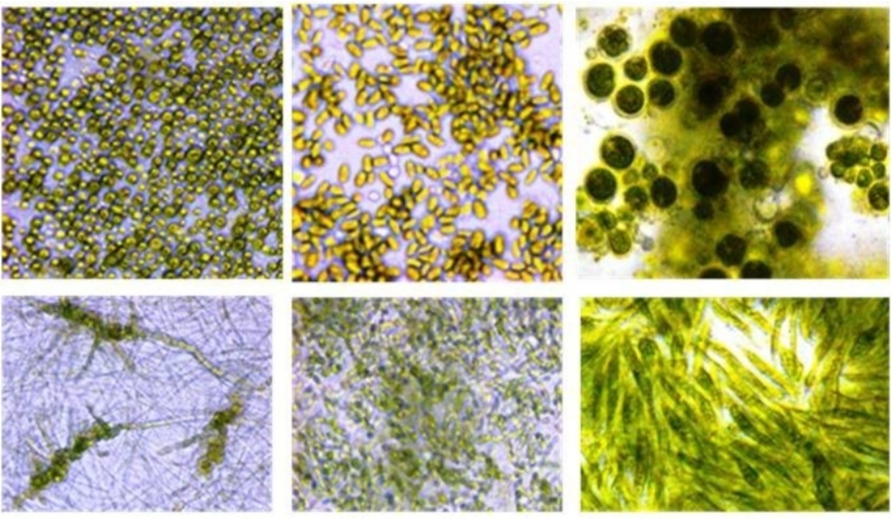UNAIR NEWS – The increasing prevalence of viral diseases is one of the impacts of the intensification of aquaculture sector which increases the production of waste into the environment. The use of microalgae as immunostimulants is one of the effective methods to treat viral diseases. Besides being cheap and easy to use, microalgae also have broad benefits in fisheries.
Therefore, Universitas Airlangga (UNAIR) PSDKU Aquaculture Program in Banyuwangi held a guest lecture to discuss the use of microalgae to combat virus attacks on fish and shrimp farming last Monday, December 7, 2020. The virtual lecture through Zoom platform presented Dr. Ach Khumaidi, S.Pi., MP, a lecturer of Aquaculture in Ibrahimy University who is also researcher in the field of microalgae.
He revealed that the use of microalgae is considered effective in overcoming viral diseases with fast-spreading and high mortality rates because microalgae contain various active ingredients that can function as antiviral, antibacterial and immunostimulants.
“Due to high cost of vaccinations and antiviral drugs, microalgae which have pigment fragments such as astaxanthin, fucoxanthin, β-carotene, phycocyanin and omega fatty acids such as ALA, DHA and EPA, functioning as antiviral and immunostimulants, are potential to be utilized,” explained Khumaidi.
In his research, pigment fragments from microalgae species of Nannochlropsis oculata can increase the survival rate (SR) of groupers that are attacked by Viral Necrosis Virus(VNN) because it triggers the production of β-actin in fish.
“Pigment fragments from these species can stimulate the production of β-actin, which functions as a guardian of cell structure and increases the immune response in eliminating RNA (VNN) viruses,” he said.
In another study, Khumaidi revealed some of the fatty acid content of the microalgae Amphora sp. can also be an antiviral agent to tackle viral diseases in cultivation. Grouper fish that were attacked by VNN showed a positive histoimmunological response and the SR could reach 83%.
“Fatty acids such as arachidonic acid and palmitoleic acid and amino acids such as Valine and L-Norleucine in Amphora sp. can be an antivirus on Cytoegalovirus, Rhinovirus, Adenovisrus, Picornavirus and Adhenvirus, “he explained. “Those are just a few examples, Khumaidi also said, there are still many extracts of other microalgae species that can be applied to control viral cultivation diseases,” he said.
In the end, Khumaidi said that in its development, microalgae have many benefits for Aquaculture. But the challenge now is how we standardize it so we can produce and apply microalgae and their substances appropriately.
“To answer these challenges our role as academics is very necessary in order to know the accuracy of dosage, usage and production methods so we can get the same quality throughout Indonesia,” he concluded.
Author: Ivan Syahrial Abidin
Editor: Nuri Hermawan





